
All categories
Featured selections
Trade Assurance
Buyer Central
Help Center
Get the app
Become a supplier

(3043 products available)



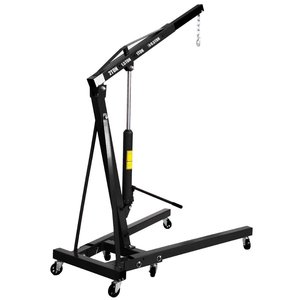



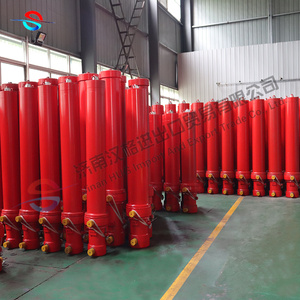

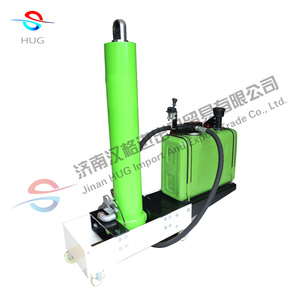





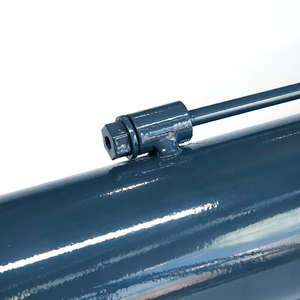




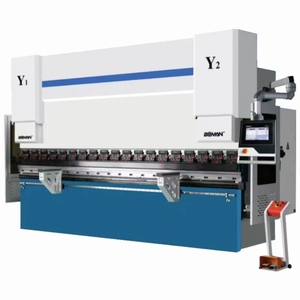






folding with hydraulic cylinder are essential components in the realm of industrial machinery, serving as fundamental elements in various mechanical systems. These devices are designed to provide controlled movement and force, making them indispensable in applications ranging from manufacturing to automation. The versatility of folding with hydraulic cylinder lies in their ability to convert fluid energy into mechanical energy, enabling precise control of movement and positioning. These components are engineered with durability and efficiency in mind, ensuring optimal performance in demanding environments. As technology progresses, the design and functionality of folding with hydraulic cylinder continue to evolve, offering enhanced capabilities and reliability.
The diversity of folding with hydraulic cylinder available in the market is vast, catering to a wide array of industrial applications. Common types include hydraulic cylinders, pneumatic cylinders, and electric cylinders. Hydraulic cylinders are renowned for their power and efficiency, making them ideal for heavy-duty tasks such as lifting and pressing. Pneumatic cylinders, on the other hand, offer rapid movement and are often used in applications where speed is crucial, such as in assembly lines. Electric cylinders provide precise control and are favored in automated systems where accuracy is paramount. Each type of folding with hydraulic cylinder is designed to meet specific operational requirements, ensuring optimal performance in its intended application.
folding with hydraulic cylinder serve a vital role in machinery by providing controlled linear motion and force. They are equipped with features such as adjustable stroke lengths, cushioning systems, and position sensors to enhance functionality. Adjustable stroke lengths allow for customization based on the application's needs, while cushioning systems reduce impact and prolong the life of the machinery. Position sensors enable precise monitoring of the cylinder's movement, ensuring accuracy in operations. The robust construction of folding with hydraulic cylinder ensures they can withstand high pressures and temperatures, making them suitable for use in challenging industrial environments. Additionally, advancements in materials and technology have led to the development of lightweight and compact designs that offer increased efficiency and reduced energy consumption.
The construction of folding with hydraulic cylinder involves the use of high-grade materials to ensure durability and performance. Common materials include steel, aluminum, and composite materials, each offering distinct advantages. Steel is favored for its strength and resistance to wear, making it suitable for heavy-duty applications. Aluminum provides a lightweight alternative that is corrosion-resistant, ideal for environments where weight and durability are considerations. Composite materials are used to achieve specific properties such as reduced friction and enhanced thermal resistance. The integration of seals, rods, and pistons within folding with hydraulic cylinder ensures efficient operation and longevity. These components are meticulously engineered to withstand the rigors of industrial use, providing reliable performance over extended periods.
Effective utilization of folding with hydraulic cylinder involves understanding their specifications and operational capabilities. To maximize their benefits, it is crucial to select the appropriate cylinder type based on the application's requirements, such as load capacity and speed. Proper installation and maintenance are essential to ensure optimal performance and longevity. Regular inspection of seals and lubrication of moving parts can prevent wear and extend the life of the cylinder. In automated systems, integrating sensors and control units can enhance precision and efficiency. Additionally, adhering to manufacturer guidelines and safety protocols is vital to prevent accidents and ensure safe operation. By leveraging the capabilities of folding with hydraulic cylinder, industries can achieve enhanced productivity and streamlined operations.
When selecting folding with hydraulic cylinder for industrial applications, several factors must be carefully evaluated to ensure optimal performance. The type of cylinder—whether hydraulic, pneumatic, or electric—should align with the specific requirements of the task at hand. Hydraulic cylinders, known for their power, are suited for heavy-duty operations, while pneumatic cylinders excel in speed and efficiency. Electric cylinders offer precision and are often used in automated systems. It's important to assess the load capacity, stroke length, and operating environment to determine the most suitable folding with hydraulic cylinder for your needs.
The specifications of folding with hydraulic cylinder play a crucial role in their functionality and suitability for various applications. Key parameters include bore size, rod diameter, and pressure rating. Bore size affects the force generated by the cylinder, while rod diameter influences stability and strength. Pressure rating determines the maximum operating pressure the cylinder can handle. Additionally, the choice of materials, such as steel or aluminum, impacts the cylinder's durability and resistance to environmental factors. Understanding these specifications allows for informed decisions when selecting folding with hydraulic cylinder for specific industrial tasks.
Determining the appropriate size for folding with hydraulic cylinder involves calculating the required force output and stroke length based on the application's demands. Considerations include the load weight, the distance the cylinder needs to travel, and the speed of operation. Consulting manufacturer guidelines and utilizing engineering calculations can ensure the chosen cylinder meets the necessary specifications for effective performance.
Regular maintenance is key to extending the life of folding with hydraulic cylinder. Essential practices include inspecting seals for wear, ensuring proper lubrication of moving parts, and checking for signs of corrosion or damage. Routine maintenance helps prevent leaks and mechanical failures, ensuring reliable operation. Following a maintenance schedule based on manufacturer recommendations can significantly enhance the longevity of the cylinder.
Environmental factors such as temperature, humidity, and exposure to chemicals can impact the performance of folding with hydraulic cylinder. High temperatures may affect seal integrity, while corrosive environments can lead to material degradation. Selecting cylinders with appropriate material properties and protective coatings can mitigate environmental impacts, ensuring consistent performance in challenging conditions.
Customization of folding with hydraulic cylinder is possible to meet specific industrial requirements. Options include adjusting stroke length, modifying mounting configurations, and incorporating special features like position sensors or cushioning systems. Customization allows for tailored solutions that enhance functionality and adaptability, making it possible to address unique challenges within industrial processes.
Signs indicating that folding with hydraulic cylinder may require replacement or repair include diminished performance, visible leaks, unusual noises, and erratic movement. Regular inspection can help identify these issues early, preventing further damage and ensuring safe operation. Promptly addressing these signs through repair or replacement can maintain the efficiency and reliability of the machinery.